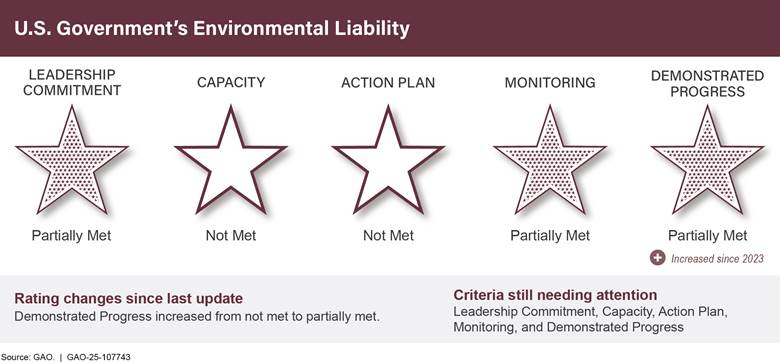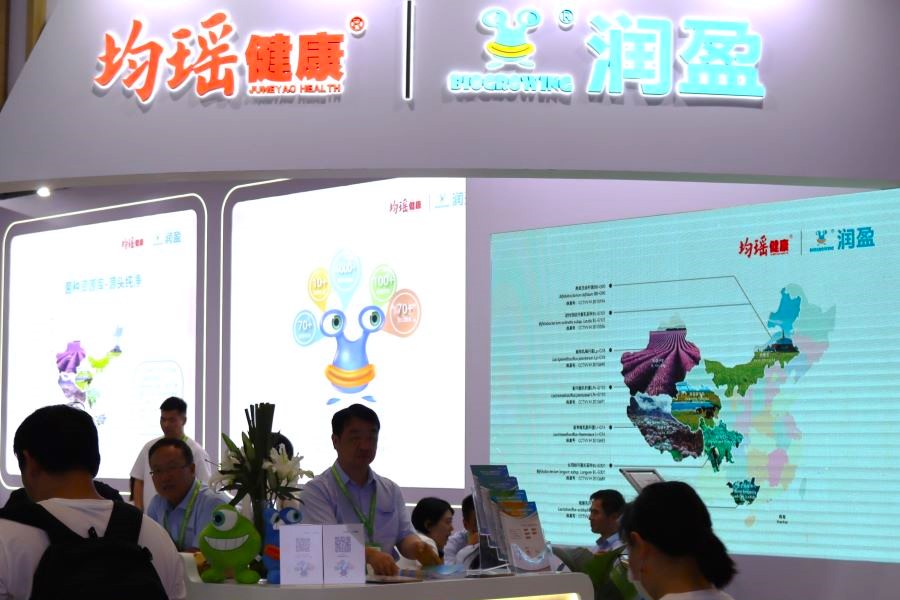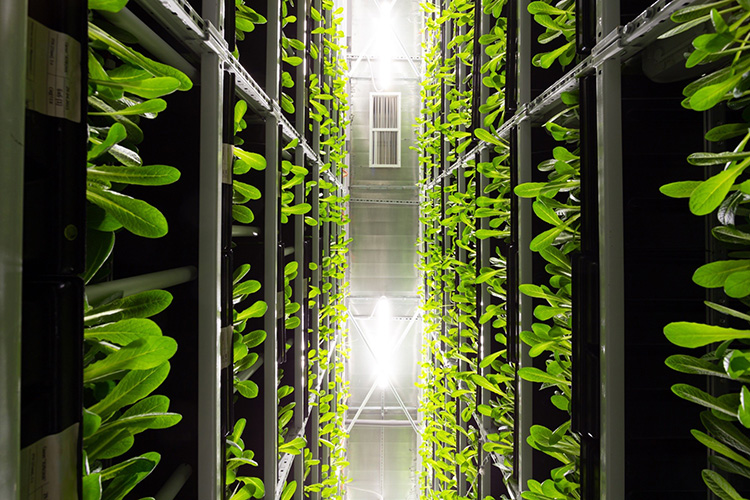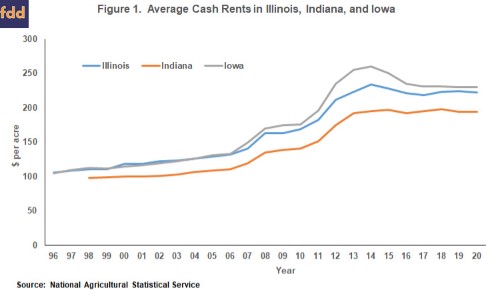Impact of Middle East Geopolitical Tensions on the Global Fertilizer Market
Significance of the Strait of Hormuz in Fertilizer and Energy Supply
The Strait of Hormuz plays a critical role in the global nitrogen fertilizer market, with approximately 52% of global urea exports originating from the Middle East. This narrow waterway is essential not only for oil shipments but also for the movement of urea fertilizer within the region. Recent geopolitical developments, including Iran’s vote to close the Strait, aim to restrict access and could disrupt vital energy and fertilizer supply chains.
This situation poses risks to global food security and sustainable agriculture, directly relating to SDG 2: Zero Hunger and SDG 12: Responsible Consumption and Production. Ensuring stable fertilizer supply is crucial for sustainable agricultural productivity and food availability worldwide.
Market Reactions and Fertilizer Price Trends
The threat to the Strait of Hormuz has already influenced market sentiment, contributing to bullish trends in fertilizer prices. The fertilizer market is closely monitoring these developments due to their potential impact on supply and pricing.
Price Changes Compared to the Previous Year
- Monoammonium Phosphate (MAP): +1%
- Diammonium Phosphate (DAP) and 10-34-0: +4%
- Anhydrous Ammonia: +5%
- UAN28: +18%
- UAN32: +24%
- Urea: +25%
- Potash: -7%
These price fluctuations affect the affordability and accessibility of fertilizers, impacting sustainable farming practices and food production systems, which are integral to achieving SDG 2 and SDG 8: Decent Work and Economic Growth.
DTN Fertilizer Index and Data Access
DTN collects weekly fertilizer price bids from agricultural retailers to compile the DTN Fertilizer Index, which has been reporting data since November 2008. This index provides valuable insights into fertilizer market trends at both national and state levels.
Subscribers can access the full DTN Fertilizer Index, supporting informed decision-making for sustainable agriculture:
Potential Impact of Middle East Conflicts on Global Fertilizer Supply
A military conflict involving Israel and Iran could cause significant disruptions in the global fertilizer market, with ripple effects on agricultural productivity and food security worldwide. This underscores the interconnectedness of peace, sustainable development, and food systems, aligning with SDG 16: Peace, Justice and Strong Institutions and SDG 2.
Further analysis is available in the University of Illinois Extension article:
Fertilizer Price Data Overview (June 2024 – June 2025)
Dry Fertilizer Prices (USD per unit)
| Date Range | DAP | MAP | Potash | Urea |
|---|---|---|---|---|
| Jun 17-21 2024 | 778 | 827 | 507 | 510 |
| Jul 15-19 2024 | 756 | 821 | 503 | 506 |
| Aug 12-16 2024 | 745 | 817 | 501 | 500 |
| Sep 9-13 2024 | 735 | 808 | 464 | 489 |
| Oct 7-11 2024 | 735 | 805 | 448 | 485 |
| Nov 4-8 2024 | 739 | 810 | 444 | 496 |
| Dec 2-6 2024 | 739 | 816 | 443 | 496 |
| Dec 30-Jan 3 2025 | 739 | 809 | 444 | 489 |
| Jan 27-31 2025 | 743 | 808 | 436 | 514 |
| Feb 24-28 2025 | 764 | 810 | 446 | 546 |
| Mar 24-28 2025 | 768 | 819 | 462 | 565 |
| Apr 21-25 2025 | 784 | 821 | 468 | 579 |
| May 19-23 2025 | 798 | 827 | 470 | 652 |
| June 16-20 2025 | 807 | 833 | 474 | 655 |
Liquid Fertilizer Prices (USD per unit)
| Date Range | 10-34-0 | Anhydrous Ammonia | UAN28 | UAN32 |
|---|---|---|---|---|
| Jun 17-21 2024 | 642 | 705 | 350 | 389 |
| Jul 15-19 2024 | 642 | 696 | 339 | 377 |
| Aug 12-16 2024 | 640 | 678 | 337 | 376 |
| Sep 9-13 2024 | 596 | 684 | 329 | 351 |
| Oct 7-11 2024 | 590 | 688 | 316 | 350 |
| Nov 4-8 2024 | 607 | 711 | 322 | 364 |
| Dec 2-6 2024 | 611 | 719 | 324 | 363 |
| Dec 30-Jan 3 2025 | 613 | 734 | 324 | 364 |
| Jan 27-31 2025 | 631 | 738 | 325 | 383 |
| Feb 24-28 2025 | 642 | 751 | 350 | 397 |
| Mar 24-28 2025 | 650 | 770 | 360 | 423 |
| Apr 21-25 2025 | 656 | 781 | 381 | 449 |
| May 19-23 2025 | 666 | 779 | 414 | 494 |
| June 16-20 2025 | 669 | 773 | 417 | 495 |
Contact Information
For further inquiries, Russ Quinn can be reached via email at Russ.Quinn@dtn.com.
Follow updates on social media platform X: @RussQuinnDTN
1. Sustainable Development Goals (SDGs) Addressed or Connected
- SDG 2: Zero Hunger
- The article discusses fertilizer prices and supply, which are critical for agricultural productivity and food security.
- SDG 12: Responsible Consumption and Production
- Fertilizer market monitoring and price fluctuations relate to sustainable production and consumption patterns.
- SDG 16: Peace, Justice and Strong Institutions
- The geopolitical conflict involving the Strait of Hormuz and its impact on fertilizer and oil shipments highlights the importance of peace and stability for sustainable development.
- SDG 9: Industry, Innovation and Infrastructure
- The article references global fertilizer trade infrastructure and market data collection, relevant to resilient infrastructure and industrial development.
2. Specific Targets Under Those SDGs Identified
- SDG 2: Zero Hunger
- Target 2.3: By 2030, double the agricultural productivity and incomes of small-scale food producers, including through secure and equal access to inputs such as fertilizers.
- Target 2.4: Ensure sustainable food production systems and implement resilient agricultural practices.
- SDG 12: Responsible Consumption and Production
- Target 12.2: Achieve the sustainable management and efficient use of natural resources, including fertilizers.
- Target 12.6: Encourage companies to adopt sustainable practices and sustainability reporting.
- SDG 16: Peace, Justice and Strong Institutions
- Target 16.1: Significantly reduce all forms of violence and related death rates everywhere, which includes preventing conflicts that disrupt critical trade routes.
- SDG 9: Industry, Innovation and Infrastructure
- Target 9.1: Develop quality, reliable, sustainable and resilient infrastructure, including regional and transborder infrastructure for trade.
- Target 9.5: Enhance scientific research and upgrade the technological capabilities of industrial sectors, including agriculture inputs monitoring.
3. Indicators Mentioned or Implied to Measure Progress
- Fertilizer Price Indices
- The DTN Fertilizer Index and weekly price bids for various fertilizers (DAP, MAP, Potash, Urea, etc.) serve as indicators of market stability and accessibility of agricultural inputs.
- Trade Flow Stability
- Monitoring the status of the Strait of Hormuz as a critical trade route for fertilizer and oil shipments can indicate geopolitical stability impacting SDG 16 and SDG 9 targets.
- Price Trends Over Time
- Tracking price changes over months and years (e.g., percentage increases or decreases in fertilizer prices) helps measure progress towards affordable and sustainable agricultural inputs (SDG 2 and SDG 12).
4. Table of SDGs, Targets, and Indicators
| SDGs | Targets | Indicators |
|---|---|---|
| SDG 2: Zero Hunger |
|
|
| SDG 12: Responsible Consumption and Production |
|
|
| SDG 16: Peace, Justice and Strong Institutions |
|
|
| SDG 9: Industry, Innovation and Infrastructure |
|
|
Source: dtnpf.com







